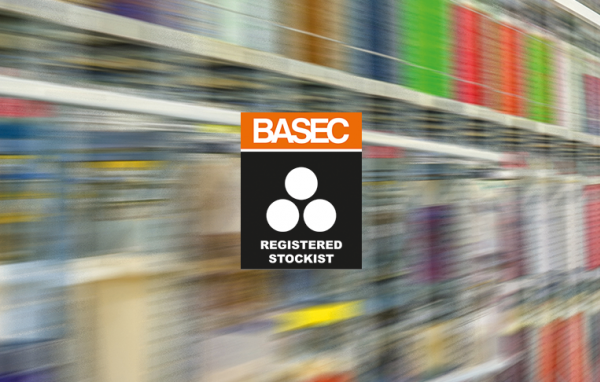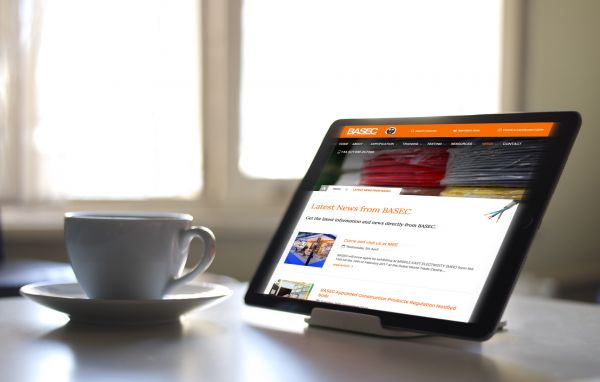Cable certification - helping organisations maximise benefit from ISO 45001
Over 7,6001 people die each day from work-related accidents or diseases; this represents an onerous burden for all affected. For organisations, the results are losses from early retirements, staff absence and rising insurance premiums. This article reviews the key issues raised by the standard, and its implications for both management and staff.
To combat the problem, ISO has developed a new standard, ISO 45001, Occupational health and safety management systems - Requirements, that will help organisations reduce this by providing a framework to improve employee safety, reduce workplace risks and create better, safer working conditions, worldwide. ISO 45001 introduces significant changes that organisations applying the standard must implement to transition their business systems and certifications. The standard changes from the more prescriptive regulatory-aligned approach of its predecessor, OHSAS 18001, to be more clearly goal-based and business-focused.
While this offers a business more flexibility, it will need more thought and applied resource to achieve the best implementation. However, the benefits of a fully-optimised implementation are significant and extend far beyond simply achieving regulatory compliance. While providing a safer working environment and reducing senior management’s vulnerability to blame, it can also boost staff morale and improve an organisation’s reputation and competitiveness. Increasingly, companies are assessed by stakeholders on qualitative issues such as health and safety strategies, as well as economic performance.
ISO 45001 for cable manufacturers
Achieving these benefits can be facilitated with expert scrutiny from a specialist certification body. By looking beyond legislation and compliance; aiming instead for good risk management and organisational continuity, addressing the needs of all stakeholders.
ISO 45001; a modern, objective-focused standard
This new standard for occupational health and safety management (OH&S) finally joins the other main management system standards, including ISO 9001, ISO 14001 and ISO 27001, as fully-fledged modern legislation based on a common format and structure. ISO 45001 follows its fellow standards in setting its requirements firmly into the context of the organisation, requiring clear commitment and leadership for health and safety from top management.

Potential benefits from implementing the standard include reduction in workplace incidents, increased productivity through reduced absenteeism and staff turnover, and reduced insurance premiums. Implementation should also build in a health and safety culture, where employees are encouraged to take an active role in their own OH&S strategy. At the same time, leadership commitment to proactively improve OH&S should be reinforced. This expectation of input from both the management and the workforce, through regular and systematic consultation and communication, is a major difference between ISO 45001 and other management system standards.
The ISO 45001 OH&S approach is based on the concept of Plan-Do-Check-Act (PDCA). This is an iterative process used by organisations to achieve continual improvement. It can be applied to a management system and to each of its individual elements, as follows:
- Plan: determine and assess OH&S risks, OH&S opportunities and other risks and opportunities, establish OH&S objectives and processes necessary to deliver results in accordance with the organisation’s OH&S policy;
- Do: implement the processes as planned;
- Check: monitor and measure activities and processes with regard to the OH&S policy and OH&S objectives, and report the results;
- Act: take actions to continually improve the OH&S performance to achieve the intended outcomes.
OHSAS 18001 more closely followed the International Labour Organisation (ILO)’s approach and its expectations of minimum provision standards. ISO 45001, by contrast with the old approach, no longer cross-references ILO international guidelines. Indeed, its publication has ended the previous collaboration between ISO and the ILO. The new standard is more closely aligned with business interests.
ISO 45001 carries considerably more detail than OHSAS 18001 across a broader range of topics. For example, the number of technical terms defined for use within has increased from 23 to 37, including contextual detail and exemplars on each. The standard has significantly increased in size and scope, from 14 pages to 23, with a further 16 pages of guidance on use being added in an annex.
The new standard addresses risk as an uncertainty rather than as primarily a negative burden, and seeks to exploit opportunities too. Technical aspects of the standard focus on hazard identification and assessment.
OH&S management systems are expected to be objective-focused, with clear plans and identified measurables. Incidents are treated as initiators of possible improvements rather than as automatic causes for concern. Internal audit and management review form part of performance evaluation. New topics specifically covered include management of change, outsourcing, and contracting-in of work. As with other management system standards, the term preventive action has been discontinued. Actions to prevent the occurrence of a problem are encouraged.
Conclusion
Overall, the standard introduces significant changes that should offer businesses considerable benefits if implemented correctly. Rather than seeing health and safety as purely an administrative burden, using OH&S management systems to seek out broader business process improvements may well pay for its implementation many times over. Engaging a specialist certification body such as BASEC to assess its implementation will provide reassurance that this additional value will be maximised.
BASEC provides certification of occupational health and safety management systems to cable manufacturers and others in the cable supply chain, as part of an integrated package of services to establish and maintain high-performing management systems. Increasingly, end customers are seeking reassurance that their cable suppliers are operating safely, ethically, and in tune with the environment at the same time as providing a safe and quality product.
1 Source: International Labour Organisation




